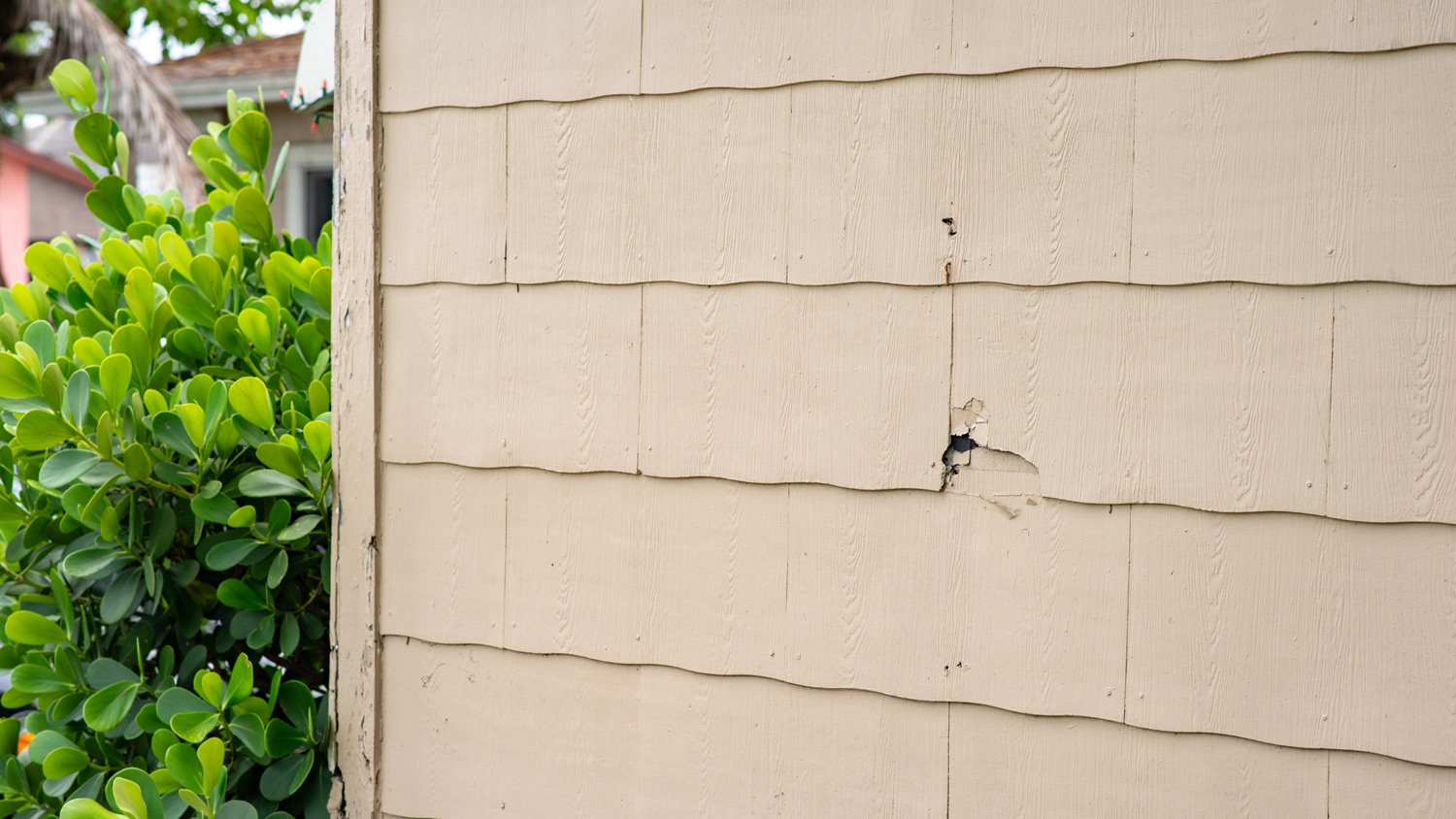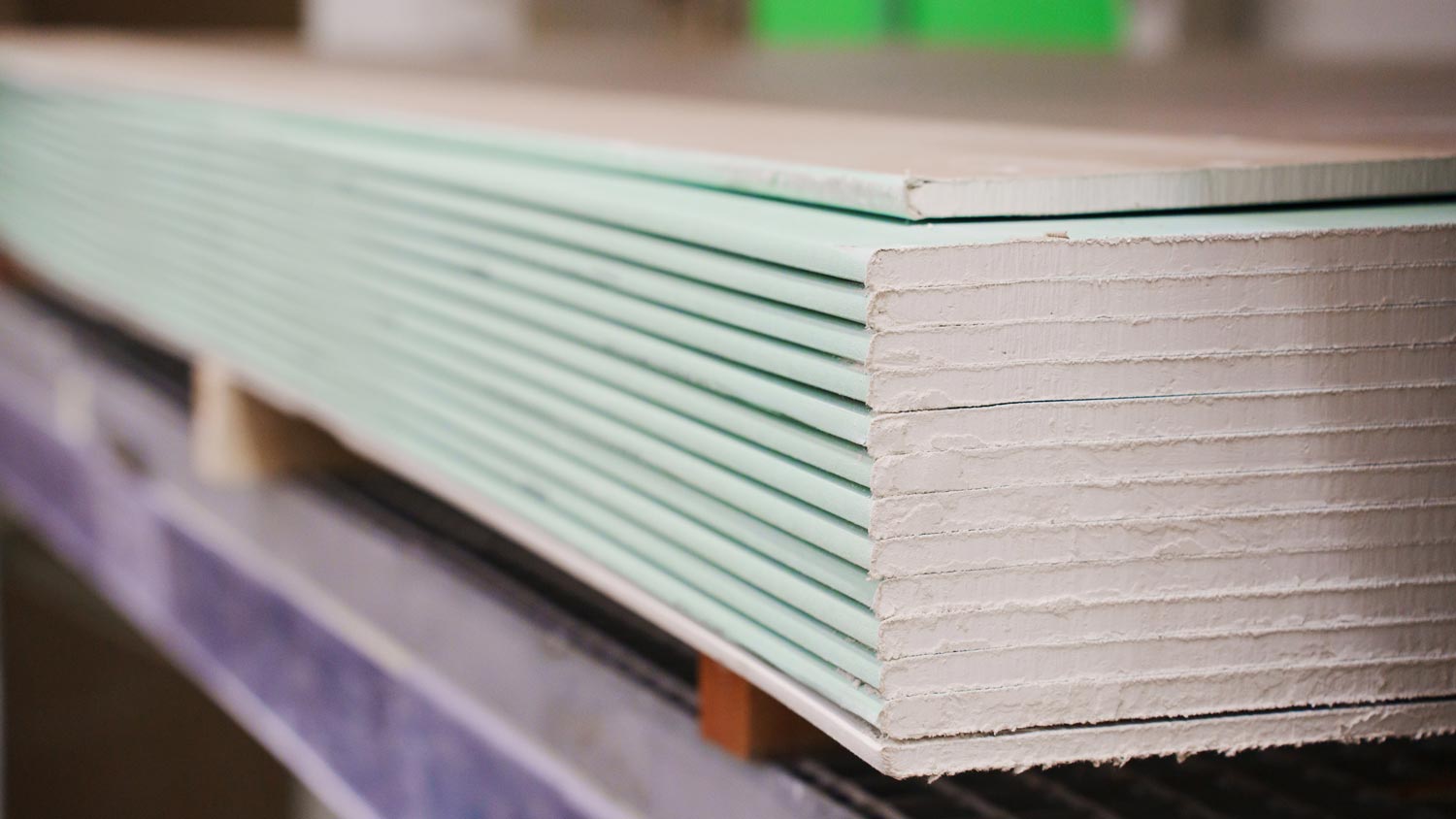What is Chrysotile (White Asbestos) in Building Materials?
The dangers of chrysotile aren't worth the risk


Chrysotile once boasted quality benefits as a building material.
Research has uncovered the harmful health effects of exposure to chrysotile.
Regulations have been put in place to reduce chrysotile's use in buildings.
Chrysotile has historically played a significant role in the building industry. From roofing and insulation to flooring and cement products, chrysotile boasts unique properties that have contributed to the durability and resilience of countless structures. However, as research has developed to further an understanding of its health implications, questions arise about the safety of its use. To learn what is chrysotile and its uses today, read on for everything you need to know.
What Is Chrysotile?
Chrysotile, commonly known as white asbestos, is a fibrous mineral and one of the six types of asbestos, but the sole form of asbestos in the serpentine group of minerals. It boasts properties such as high tensile strength, flexibility, and resistance to heat and chemicals, which once made it a popular choice in construction materials.
Despite its popularity, inhaling its microscopic fibers poses significant health risks, including asbestosis and lung cancer. As a result, many countries have imposed strict regulations or bans on the use of chrysotile in construction. As more people become aware of these dangers, there are concerted efforts to adopt safer and asbestos-free alternatives in the construction industry.
Chrysotile Properties
Chrysotile was once an attractive option for building materials. However, its use has significantly declined due to the associated health risks.
The following are key properties of chrysotile:
Structure: Chrysotile consists of thin, spiral fibers that allow for effortless separation. These unique fibers contribute to its sturdiness, rendering it an ideal choice for reinforcing diverse materials.
Flexibility: Chrysotile fibers possess remarkable flexibility that enables them to be seamlessly integrated into diverse materials without substantially altering the suppleness of the end product.
Insulation: The fibrous structure of chrysotile provided excellent thermal and acoustic insulation, which was often used in ceiling tiles or other insulating products.
Heat Resistant: Renowned for its ability to withstand extreme temperatures, Chrysotile was a highly sought-after option in heat-resistant materials. It was often used in construction for roofing materials and fire-resistant insulation.
Strength: With its exceptional tensile strength, chrysotile can withstand even the most strenuous pulling and stretching forces without any risk of fracturing. It became a highly prized material in the reinforcement of cement and plastic components.
Common Applications in Building Materials

Chrysotile has been historically used in various building materials due to its once-desirable properties. It's important to note that the use of chrysotile in building materials has significantly declined due to growing awareness of the health risks associated with asbestos exposure.
Some of the common applications of chrysotile in the construction industry include:
Ceiling Tiles: The fibrous nature of Chrysotile was frequently used in the creation of acoustic ceiling tiles, resulting in tiles that were well-insulated and fire-resistant.
Cement Products: Asbestos-cement products like pipes, sheets, and boards were often made by blending Chrysotile with cement. This combination increased durability and protection against fire, chemicals, and natural wear and tear.
Flooring Materials: Chrysotile was present in certain vinyl floor tiles and sheet flooring products, as its exceptional strength and flexibility were leveraged to improve overall durability. In some homes, black mastic, another asbestos-producing material, may have also been used during installation.
Insulation Products: Due to its ability to resist high temperatures, chrysotile was a popular choice for insulating materials, such as thermal insulation boards and pipe insulation. Additionally, its flexible nature enabled it to be easily integrated into various forms of insulation.
Roofing Materials: Roofing materials were frequently reinforced with Chrysotile fibers, which contributed to their durability and strength. Asbestos-cement sheets, tiles, and shingles were used to offer increased weather resistance and a longer lifespan.
Health and Safety Concerns
The use of chrysotile in building materials has sparked significant concern regarding the possible hazards associated with asbestos exposure. As a result, it is of utmost importance to observe appropriate safety measures when handling materials that contain chrysotile, such as during renovation, construction, or demolition projects. Hiring a qualified asbestos abatement professional guarantees the secure handling and eradication of asbestos-containing materials, and ensures the health and safety of all involved. Asbestos removal costs range between $1,192 and $3,240.
Below are some health risks associated with chrysotile:
Respiratory Health: Breathing in chrysotile fibers that are floating in the air is a hazardous threat to the well-being of the respiratory system. The minute fibers can attach themselves to the lungs and result in numerous respiratory illnesses, including asbestosis, lung cancer, and mesothelioma. Often, the signs of these illnesses don't surface for several years or even decades after the exposure has occurred.
Asbestosis: Continued exposure to chrysotile can lead to asbestosis, which is a persistent respiratory illness characterized by inflammation and scarring of lung tissue. The symptoms of asbestosis include gradual breathing difficulty, persistent coughing, and chest discomfort.
Lung Cancer: Exposure to chrysotile has been established as a significant contributor to the development of lung cancer. People who have had professional contact with asbestos-laden substances, particularly those employed in the construction industry, face a higher probability of contracting the disease.
Mesothelioma: Chrysotile exposure is identified as a major contributor to mesothelioma, a malignant and uncommon form of cancer that affects the lining of the internal organs, such as the lungs or abdomen. The correlation between asbestos exposure and mesothelioma is well-documented, with chrysotile specifically recognized as one of the asbestos variants associated with its onset.
Regulations on the Use of Chrysotile
Federal agencies govern the use of chrysotile and other asbestos-containing materials in the United States. It should be noted that although federal regulations exist, individual states may have their own regulations that can be stricter than federal requirements. The objective of asbestos-related regulations is to safeguard both the public and workers from the recognized health risks associated with exposure to chrysotile and other asbestos fibers.
The federal government has enacted several laws to safeguard individuals from the hazards of asbestos exposure. The Clean Air Act (CAA) grants the Environmental Protection Agency (EPA) the power to regulate air pollution, with specific provisions such as the Asbestos National Emission Standards for Hazardous Air Pollutants (NESHAP) established to minimize asbestos fibers' release into the air during activities such as demolition and renovation of asbestos-containing structures.
In addition, the Asbestos Hazard Emergency Response Act (AHERA) targets the safety of individuals within educational institutions, mandating inspections for asbestos-containing materials, management plans, and proper abatement procedures to ensure a safe environment. The Occupational Safety and Health Administration (OSHA) has also implemented regulations under the Department of Labor to protect workers from asbestos exposure in the workplace, defining permissible exposure limits and guidelines to protect workers during activities involving asbestos.
The Asbestos Ban and Phase-Out Rule, initiated by the EPA to prohibit asbestos use, was overturned by the courts in 1991, with new uses restricted while existing uses remained subject to regulations. The Toxic Substances Control Act (TSCA) also grants the EPA authority to assess potential risks associated with existing chemicals, including asbestos, and recent evaluations conducted under TSCA have focused on comprehensively understanding its safety implications and determining appropriate regulatory actions.





- Types of Asbestos and Identifiers for Each One
- What Does Asbestos Look Like?
- How Is Asbestos Removed From Homes?
- How to Clean Asbestos Safely
- Do Home Inspections Check for Asbestos? What You Need To Know
- What’s the Difference Between Mold and Asbestos?
- 7 Potential Signs of Asbestos in a Furnace
- Black Mastic Asbestos: What It Is and How to Identify It
- Does Rock Wool Insulation Contain Asbestos?
- What Is Vermiculite? And Is It Dangerous to Use As Insulation?










